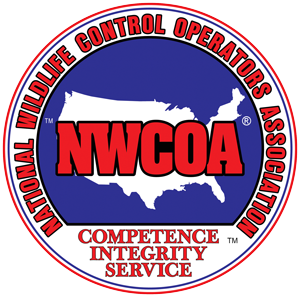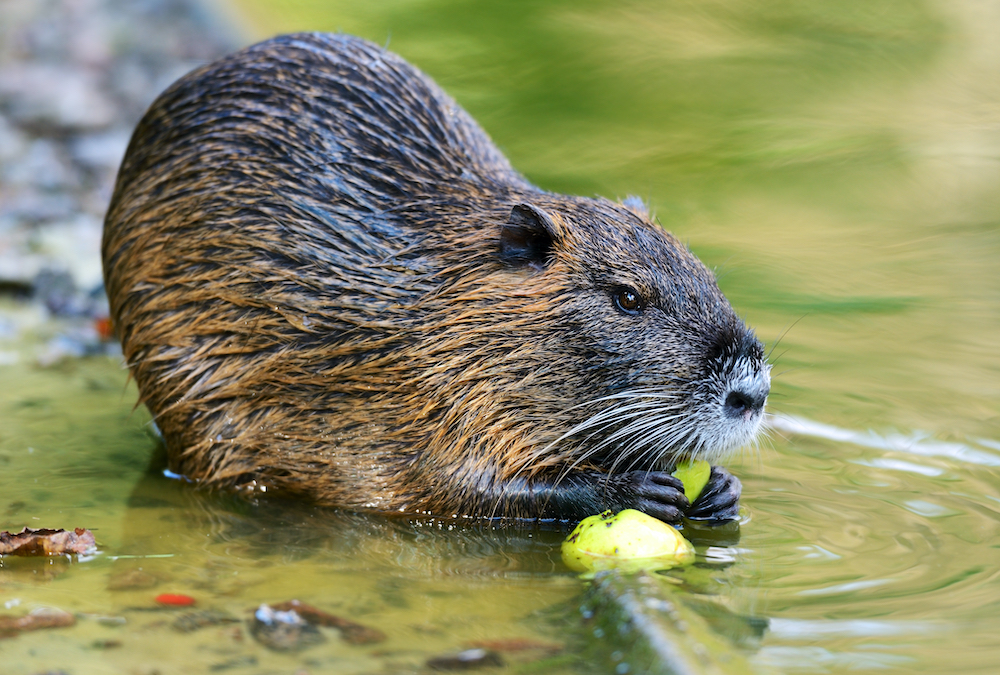High Quality Wildlife Control Services In MN
Muskrats are semi-aquatic rodents that reside in lakes, streams, ponds and wetlands. Often referred to as “the beaver’s little brother,” muskrats are about the size of a rabbit. They will periodically travel long distances over land moving to a new body of water. During these dispersal events, muskrats will often end up in window wells, stuck in chain link fences or be found in other non-typical areas. Their lodges are constructed with aquatic vegetation, and den sites are created by tunneling into banks and shorelines. This subterranean activity causes collapsed shorelines and lawns, and is the chief complaint we hear about local muskrat activity. Docks and boats are also surprisingly susceptible to damage in the form of chewed wires, feeding debris and muskrat toilet areas.
Abra Kadabra’s Wildlife Division has decades of experience in trapping, disinfection, exclusion and all things wildlife. Technicians are certified by the National Wildlife Control Operators Association and participate in ongoing education programs. We are proud to be among a select few Twin Cities companies who hold these certifications or offer durable home exclusion solutions.

The technician will begin with an inspection of your property and the surrounding shoreline. The den, lodge or burrow where the muskrats are residing will be located, which may not always be on your property. Habitat modification recommendations will be reviewed when applicable.
Muskrats are highly territorial, generally having no more than an adult pair and one set of 6 to 8 kits in a colony at a time. Trapping and removal of resident muskrats is the most efficient control method. Traps would ideally be set along the shoreline and at the underwater den entrances. At the conclusion of the inspection, a quote will be provided for a 10-day trapping program and a start date scheduled.
The trap setup typically occurs within a few days of the inspection. Between 2 and 10 capture devices will be deployed, with the type and quantity dependent on site specific conditions, local ordinances and appropriateness of their use in a particular area. These typically include floating cage traps, multiple-catch cage traps and baited cage traps placed at underwater den entrances to capture the muskrats as they enter or exit their burrows.
A wildlife technician will return to the site daily throughout the trapping program to remove captures, rebait and rearm traps, and modify placement as necessary. In some instances and with client approval, remote monitoring devices may be used to monitor muskrat activity.
It is important to note that areas that were attractive to muskrats once will remain so. A resident colony can be removed, but future recolonization by a new animal will always be a concern.

Please fill out this form if you are interested in muskrat control services. All of our services are fully warrantied! A representative of Abra Kadabra Environmental Services will be in touch with you shortly.
